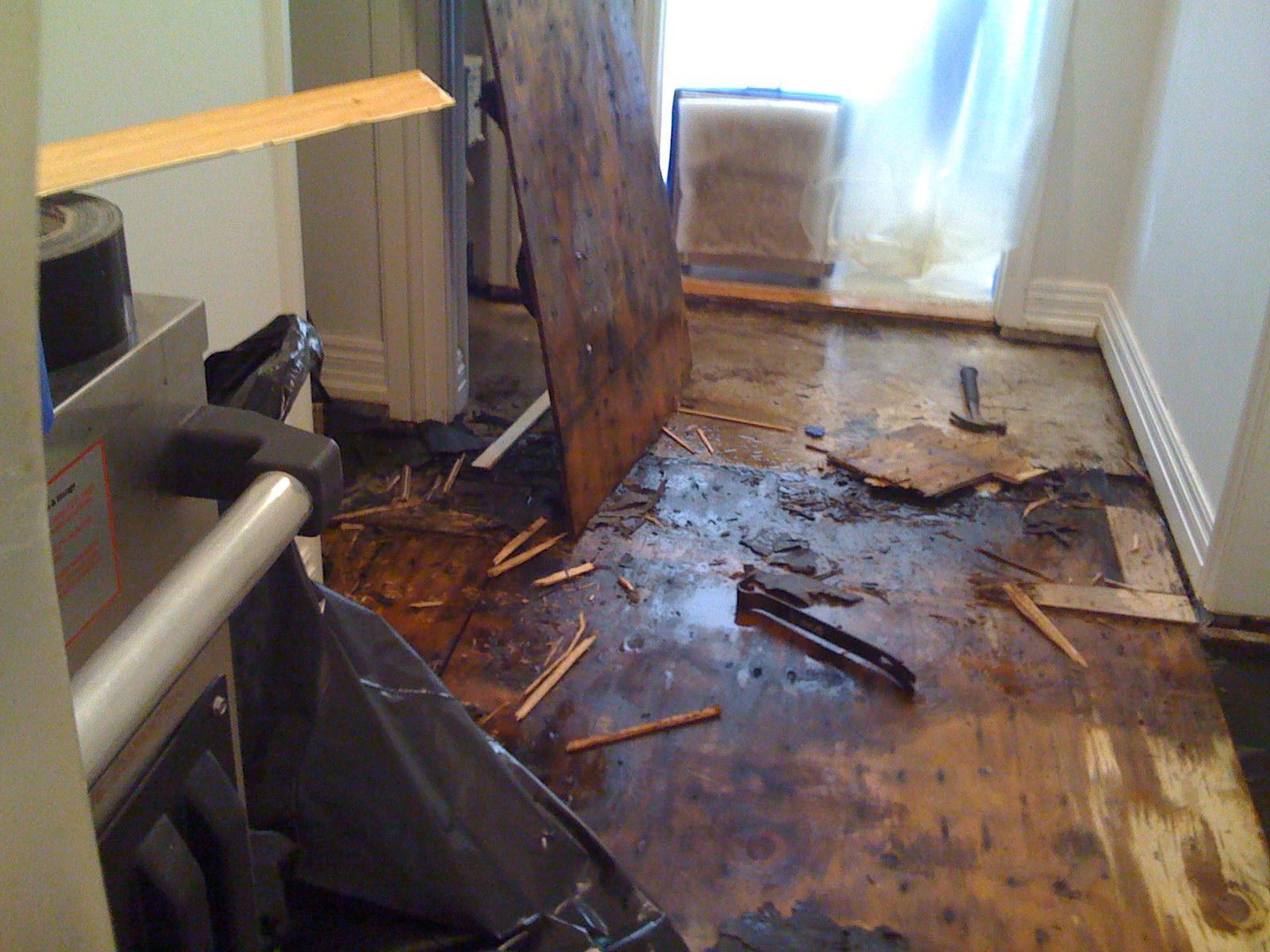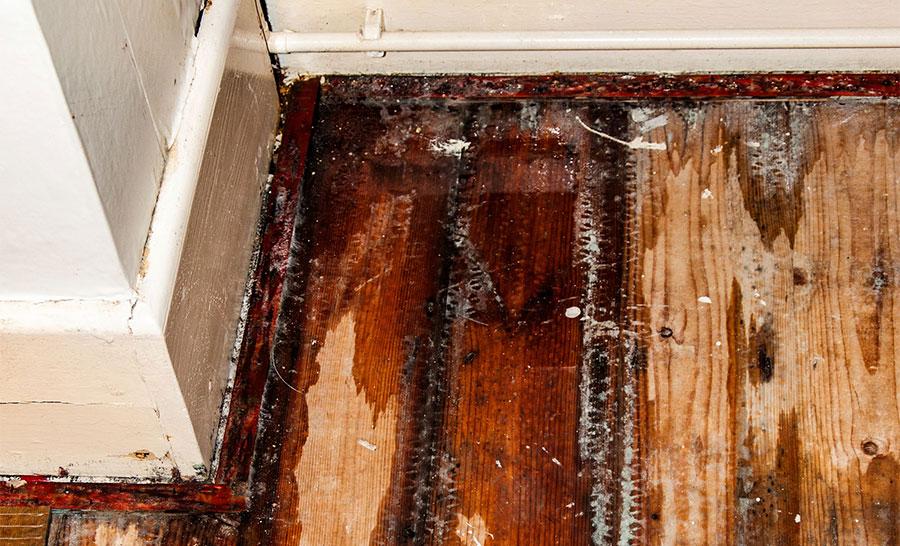Schedule Services
Nearly everybody is bound to have their private opinion about Locating water leaks.

Climate change and also worldwide warming have actually made their mark not just on countries yet also areas. The once safe locations have experienced much more flooding and also groundwater breach compared to recent years. For numerous house owners, groundwater breach is currently a headache as it breaks through the surface.
Understanding the indications is constantly a key for prevention and mitigating water damage and groundwater invasion. Groundwater invasion is among the worst damages to your house. To avoid groundwater guideline, normal examination of leakages in your house and inspect if your basement is wet. A wet basement implies that groundwater is coming in from under your residence or close by.
Since it triggers mold and mold development, increasing groundwater is a persistent trouble. It additionally adds to wood rot, which further causes structural issues. An enhanced quantity of groundwater makes your residence more prone to flooding. You can still prevent groundwater from harming your cherished home. Right here's exactly how!
Water resistant your Cellar
Water resistant your cellar now and do not wait before it's too late. If you do not rush, the groundwater can break in with rainfall and flood.
To waterproof your cellar, fill the cellar with more concrete to prevent any type of groundwater problems. You need to get rid of and prep the area all the things saved in that area. This task should be a concern as well as is the best long-lasting option to the trouble. Setting up concrete as well as using waterproofing steps seals your basement as well as secures it from water invasion.
Think About Setting Up a French Drainpipe System
A French drainpipe system comes with polypropylene tubing. The benefit of this system is it safeguards your house from extra issues as it protects against the water from seeping into your foundation.
Even more, this system stops your floors from water flooding. Installing this system shields your structure. You won't have to be afraid vital repair work related to m water damages. The system is very easy to install - you easily fit as well as change this type of system anytime.
Invest in Several Sump Pumps
Sump pumps are very economical products and are available in hardware shops. The pump's main goal is rerouting the water from inflowing your house. This tool can shield your residence from increasing groundwater. If you feel distressed regarding groundwater seeping right into your basement, a sump pump will use a layer of protection. Due to the fact that they are very easy as well as economical to set up, many individuals prefer this. It can additionally spike up your power costs.
Set up these pumps (and also several of them) in your basement or crawlspace. When installing, ensure that the tubes is placed into a drainpipe or out onto the street.
Raise the Building Completely
Raising the foundations of your house completely is a long-time as well as reliable solution to stop incoming groundwater. Yet it is one of the most expensive option. The total procedure entails developing a brand-new, greater structure to raise the house over the disaster area. This step will also enhance your home's residential property value as well as help in selling your house ultimately.
Applying these suggestions will help protect your home and possessions versus water damages. If you attempted all of these suggestions as well as still obtained water damage, it's best to call in the professionals. Call a water reconstruction firm immediately to help you get back on track.
The when risk-free areas have experienced more flooding and groundwater invasion compared to current years. Recognizing the indications is always a secret for prevention and also mitigating water damages as well as groundwater intrusion. Groundwater breach is one of the worst damages to your house. To prevent groundwater direction, normal examination of leakages in your house as well as check if your cellar is damp. To waterproof your cellar, fill up the basement with even more concrete to prevent any type of groundwater issues.
How to Restore Hardwood Flooring After Water Damage
How to repair hardwood floor water damage
Wear protective gear such as gloves, rubber boots, and a mask.
Stop the flow of water if the flooding occurred due to a burst pipe, washing machine failure or water heater failure.
Turn off the power to the affected room until the water has been removed.
Assess the damages before you begin the restoration to determine whether to clean up or replace the floor. Take photos, list damaged items, and show them to your insurance company.
Remove any items (carpet, furniture, etc.) from the floor and take them to a dry area.
Open windows and doors to allow moisture to evaporate more quickly.
Start removing the excess water with a wet/dry vacuum cleaner or with mops and old cloth. If the water level is deep, use a pump to drain the water. Ask someone to help so you can finish the task faster and avoid further damage.
Use dehumidifiers, heaters, and fans to speed up the drying process. Place them on top of an elevated surface in the flooded area and close the windows. Direct the fans towards the floor s surface.
Clean any debris and mud from the floor with a non-abrasive brush and detergent while the heaters, fans, and dehumidifiers are running. Rinse the floor with clean water and continue to dry the floor.Determining the type of flooring and installation
Inspection is always crucial when starting to repair hardwood floor water damage. Hardwood flooring comes in a variety of species, such as oak, pine, maple, and cherry. More and more exotic species are being used in flooring. Every type poses different challenges in the drying process because of the varying levels of moisture absorption.
There are also varieties of flooring that look like wood but are not. These floors will sometimes have a laminate on the surface and a particle board substructure. When moisture seeps beneath these floors, drying is nearly impossible. The inability to dry these surfaces is due to moisture being trapped under the laminate, which acts as a vapor barrier. For more help, call a PuroClean water damage restoration professional to help you evaluate your flooring s type and condition.
Professionals will also assess the initial installation method of the hardwood flooring. Original installation may be nailed, glued or installed in a floating method.
When nailed floors have suffered from water damage, the nails may lift.
If the floor has been glued onto the substrate, the moisture may release the glue.
In the case of a floating type floor, it may not be true wood and may be a laminated product. Tongue and groove hardwood flooring may cup after absorbing moisture.Drying the hardwood floor (patience is key)
Once the technicians determine the wood floor type and installation method, drying can begin. Using surface and/or subsurface drying methods and proper dehumidification, technicians can force airflow beneath the surface of the floor (in a positive or negative manner) to remove this moisture. It may also be necessary to access the floor from below for faster drying.
Effective drying of a hardwood floor is a slow process. It will sometimes take seven to 10 days for the floor to release enough water to halt the forced drying process. Removing all the absorbed water from the floor is expensive and nature must be allowed to assist in the process.
The hardwood drying continues until the wood s moisture levels reach four percent of the floor s dry standard. At this point, nature will remove the remaining water, although slowly anywhere from three to six months. Education in this process is crucial for a successful job. Let the restorations professionals of PuroClean help you dry your hardwood flooring properly.
Repairing the finish
Once the hardwood floor is dry, there may still be damage to the floor finish. Finishes, such as waxes and polyurethane, may inhibit the evaporation of the absorbed moisture. They will sometimes have to be removed in the drying process to allow for moisture removal.
If the hardwood floor cups slightly, the finish may check and crack due to the movement of the wood product. This is a normal part of the drying process. Once the floor is completely dry, the floor can be refinished.
Hardwood floor drying is a specialty. PuroClean restoration professionals have the knowledge to properly evaluate the many types of floors and have specialized equipment to repair hardwood floor water damage.
https://www.puroclean.com/blog/what-should-i-consider-after-a-wood-floor-is-flooded/

I came across that blog posting about Hacks to detect leaks when browsing on the search engines. Do you know about another individual who is truly interested in the topic? Feel free to promote it. I enjoy reading our article about Leaking water lines.
24-hour service? Dial here.